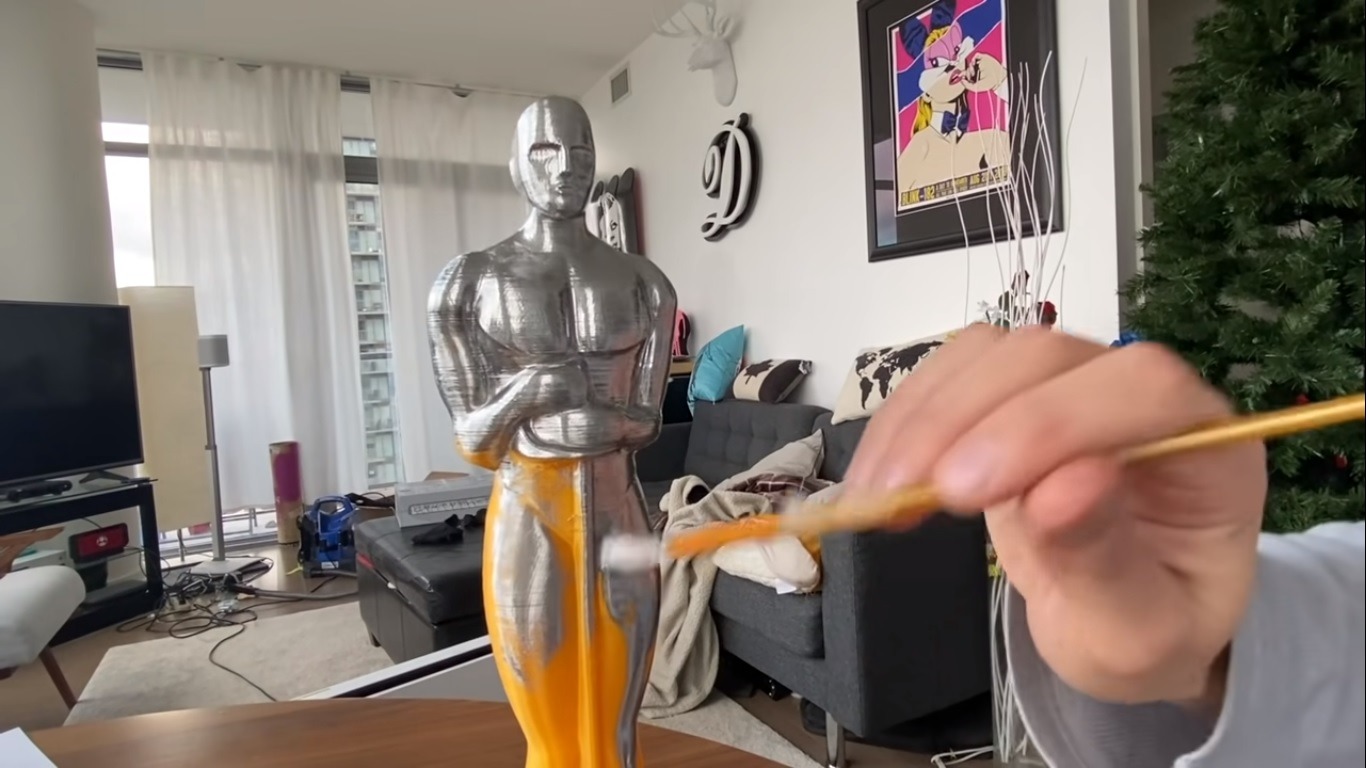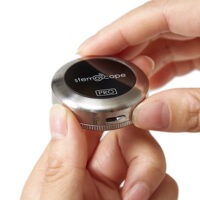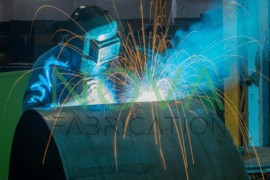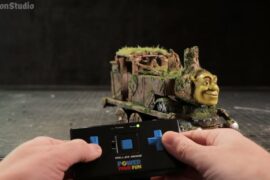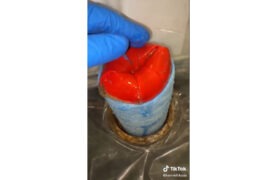We all know about naturally reflective surfaces, but who knew you could apply the same effect with a bottle of paint?
Dan Rodo of TheDanocracy recently tested out a bottle of Culture Hustle’s MIRROR, a solvent-based paint that turns any surface into an insanely chrome-like and reflective surface. For £29.99 (a little more than 40 USD), you get a teeny tiny 15 ml bottle of this magic liquid which covers a whopping 8 ft. square area on all sides.
But does it live up to Dan’s expectations?

To properly test the MIRROR paint, Dan applies it to three very different objects: a 3D printed prop gun, a life-size Oscar Award 3D print replica, and half of a round resin sphere. He applies a different number of coats to see if it would affect the overall reflectiveness of the paint, and what he found may astonish you.
Chroming Up The Prop Gun
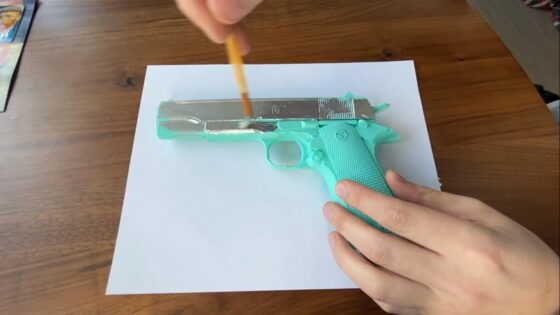
First up: the 3D prop gun.
While the chrome paint doesn’t make this gun look any more real than its original green color, painting this first object gives Dan a good idea of the MIRROR paint’s capabilities.
Minus the absolutely toxic smell, this bad boy works like a charm. While the initial small volume threw him off, the coverage of the paint blew his mind. With a single dip, Dan was able to paint nearly one half of a single side of the prop gun.
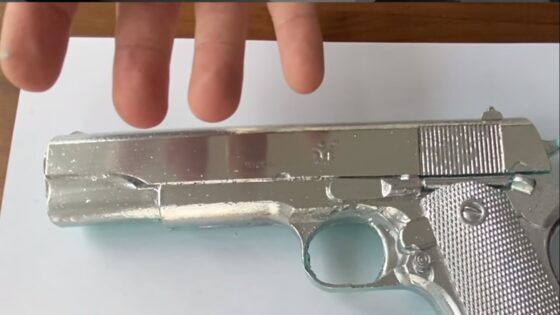
A single coat of paint doesn’t quite make the gun as reflective as you would expect it to be, so Dan adds a second layer and immediately gets results. It turns out the layers of paint you apply do matter, as the surface of the gun becomes more reflective as he keeps on adding the second layer.
A Chrome Oscar? No Way!
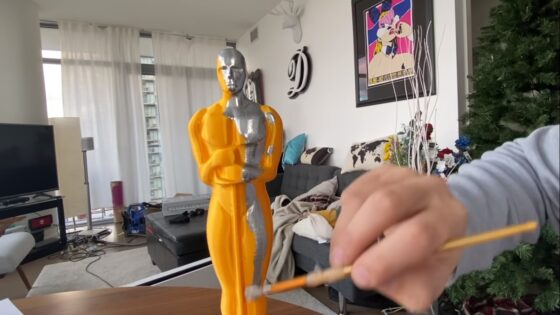
Oscar Awards are supposed to look gold in nature, but Dan throws authenticity out the window by adding the MIRROR paint to the mix.
Once again, he is impressed by the sheer coverage the paint has. A single drip of paint allows him to cover nearly the whole body of the Oscar and make the entire thing look shiny and reflective. Of course, he paints the rest of the 3D replica for uniformity’s sake before testing his multiple coat theory even further.
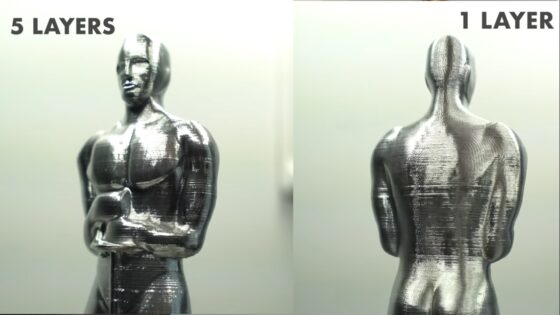
As it turns out, painting a surface in 5 layers makes it way more reflective than painting it one to two times. Dan also notices that the type of surface you’re painting makes a big difference in how reflective the paint could become. Straight, even, and flat surfaces let you see reflections more clearly than surfaces with curves, cracks, and crevices.
The Good, Old Chrome Sphere
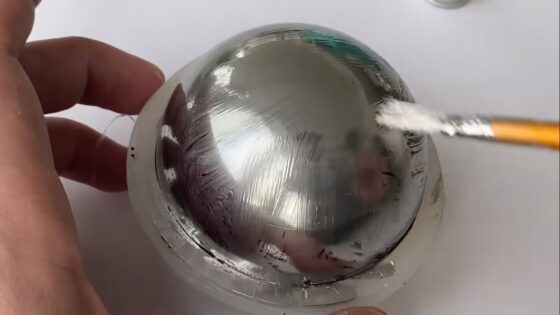
Compared to the last two objects, painting half of a sphere seems pretty boring. But Dan wants to test out the MIRROR paint on an even surface that leads us here.
After one coat of paint, you can clearly see your reflection in the sphere. Just like with real mirrors, you can see your reflection better on a flat mirror than those mirrors you see in amusement parks with fancy curves.
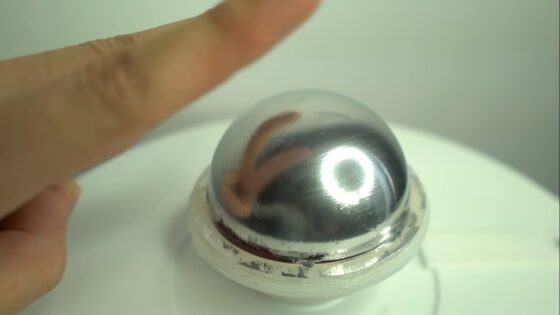
Not much happens when Dan adds a second coat of paint to the sphere, but it does make the paint fuller, with the sphere appearing like it’s made of actual chrome.
In the end, Dan is extremely impressed with the MIRROR paint. For a 15 ml bottle, you get a ton of coverage for your stuff with this extremely reflective paint. You’ll want to paint flat or even surfaces to get the most bang for your buck, but if you do so, even a single coat of paint will make these areas super reflective. Just be careful not to get any paint on you!

